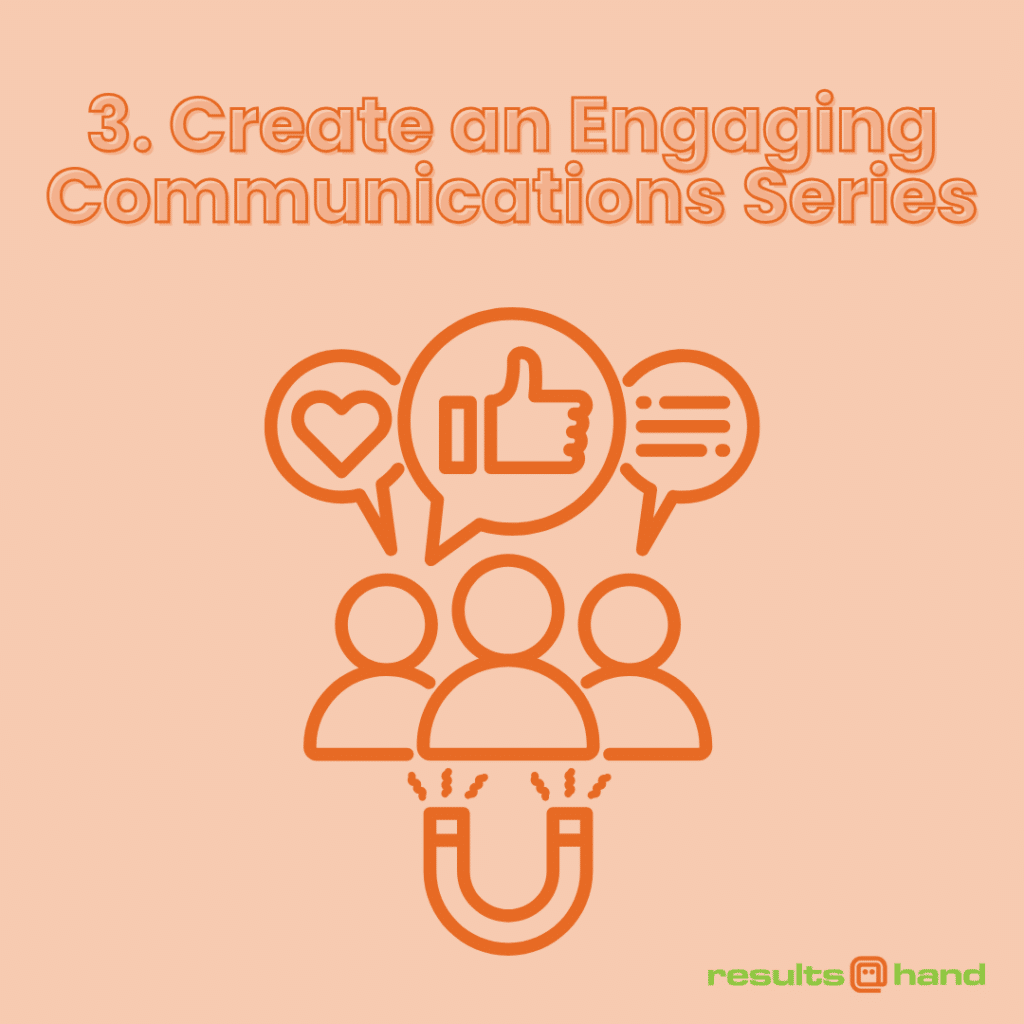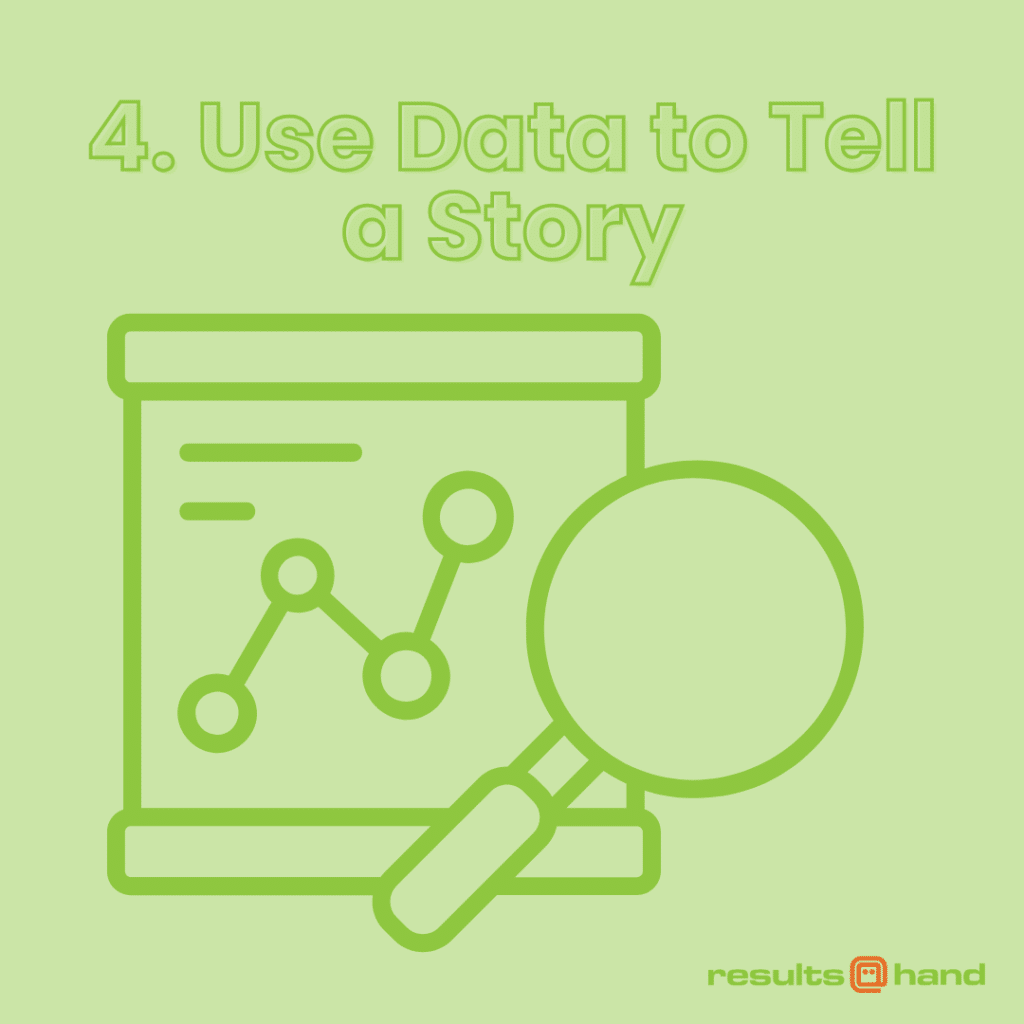How to Leverage Storytelling to Boost Membership Acquisition

If you’ve ever tried to market to a vast audience, you already know it can be challenging to hone in on just one idea or technique to achieve widespread appeal. However, the common thread that connects all of your membership acquisition efforts is a universally-beloved tactic—telling a great story. In fact, 92% of consumers prefer marketing campaigns that are formatted like a story.
Just as audiences are captivated by epics and short stories, you can create marketing collateral that truly resonates with your members. In this guide, we’ll review how to integrate elements of storytelling into your membership acquisition strategy so you can inspire new audiences to join your organization, whether you represent a union or a professional association.
1. Understand the member journey.
At the heart of every story is a basic chronological structure to keep it organized: beginning, middle, and end. To that end, many of your members take similar journeys with your organization that you can spin into a narrative. Here are some important phases of a typical member journey that you should keep in mind:
end. To that end, many of your members take similar journeys with your organization that you can spin into a narrative. Here are some important phases of a typical member journey that you should keep in mind:
- Initial awareness/touchpoint with the organization
- Decision to join
- Initial meeting and event attendance
- Renewal and deepened involvement
- Ambassadorship and advocacy for the organization
Remember, you’re marketing to entirely new contacts, so your target audience will be at phase one. Integrate these milestones into your marketing by forecasting the potential long-term benefits of joining your organization. That way, your audience can picture life as a member immediately and decide if your organization will be a good fit for them.
Let’s say you wanted to tell the story of a long-time member. You might illustrate how they went from being casually aware of your organization to involved long-term by participating in mentorship programs, conferences, and acquiring continuing education credits. This provides tangible steps and benefits for potential members to understand.
2. Get real member testimonials.
Step into your audience’s shoes for a moment. Learning the benefits of membership from your team is informative, but hearing from a member themselves can make your marketing feel more genuine and relatable. Here’s how to gather member testimonials and integrate them into your membership acquisition marketing campaign:
- Decide what makes a story worth telling. All member stories have different merits, so to speed up the vetting process, you should determine what you’re looking for in advance. For instance, you might be looking for members who just renewed for the first time as opposed to long-time members for a certain campaign.
- Put out an open call for stories. Once you’ve completed step one, start asking around for members who’d like to participate. Clarify which type of stories you want to tell and why.
- Ask specific members for help. If there are certain members who you think would be a good fit for this campaign’s messaging, don’t be afraid to ask them directly for their help.
- Decide where you’ll publish the testimonials. A good member testimonial can be used in many different ways to achieve your purpose. Determine if you want to use the testimonial on your blog, email newsletter, or your social media page. This impacts the recording resources you need, like cameras and microphones. For example, social media videos can be filmed using a smartphone, but you’ll likely want to invest in professional recording equipment or services to create high-quality videos for your website.
- Thank participating members. Once you’ve collected your members’ stories, show appreciation for their time. You might even offer a small reward for participating, like a branded t-shirt or a $10 gift card. At the very least, you should send a heartfelt thank-you email promptly after they contribute the testimonial.
Throughout this process, remember to stay true to your members’ preferences and stories. If a member wants to remain anonymous and only have certain parts of their story published, for instance, you should respect their privacy to maintain good relationships.
3. Create an engaging communication series.
Think of your favorite novel or a movie—they keep you invested through gradual plot development. Similarly, the best way to keep potential members engaged and ready to join is to keep their interest piqued over time. Treat your membership marketing campaigns like a constantly-evolving tale with new installments released via communicating with your audience.
Keeping potential members engaged requires more than a mention of “to be continued.” Rather, you can make your marketing materials more engaging by:
- Using digital marketing channels. Between social media, email, and SMS, there are numerous ways to get your message in front of potential members. Digital channels are particularly useful for storytelling because you can connect with potential members wherever they go, whenever you want, helping your stories stay fresh in their minds. For example, let’s say your union wants to reach out to prospective members who connected with you at a conference. When you have a new installment in your digital outreach to share, you can send a push notification in your app or management software to capture your audience’s attention.
- Leveraging multimedia content. In the digital marketing landscape, there are more ways than ever before to tell your stories. Don’t be afraid to get creative and add new marketing tactics to your toolkit. Tell bite-sized stories via custom-made infographics or videos on social media. Or, dive into greater detail with a podcast. You could even leverage word-of-mouth marketing by hosting a member acquisition event.
- Improving your calls to action. To motivate your prospective members to take the next step, you need to inspire them with an impactful call to action. The best calls to action are direct, emotional, and urgent. For instance, if you’re hosting a membership discount that ends next week, your call to action might be “Join for the best savings now before it’s too late!”
Essentially, this step is about putting the member journey and testimonials together to make a compelling narrative. Once you’ve done that, your potential members will understand the stakes and be more likely to get involved with your organization.
4. Use data to tell a story
While numbers and hard data alone aren’t the most captivating, you can repackage them to give your stories new depth and dimension. By understanding key metrics, you can use them to fortify your marketing messaging and give your cause real-world meaning.
First, you’ll need to conduct an audit of your database. After all, your data is only useful if it’s accurate and easy to access. Audit your database by removing duplicate records and appending incomplete records.
Then, assess the data points in your software to find metrics that support your marketing efforts. Continuing with the union example, the organization might use its software to determine that its retention rate is higher than average. This points to a positive member experience.
Finally, translate this data into meaningful insights for your marketing materials. If you decide to use your raw data points, ensure that you properly contextualize them without bogging the audience down in facts and figures. Consider using an infographic format, which breaks down complex data with an easy-to-read, engaging visual layout.
Once you’ve picked the stories you want to tell and give them life, be sure to collect data on how they’re performing so you can optimize them in the future. Collect quantitative data, like click-through rates and engagement rates per source, and qualitative data from surveys you send to your audience. Determine if your marketing materials accurately and effectively tell the stories your potential members want to hear.



